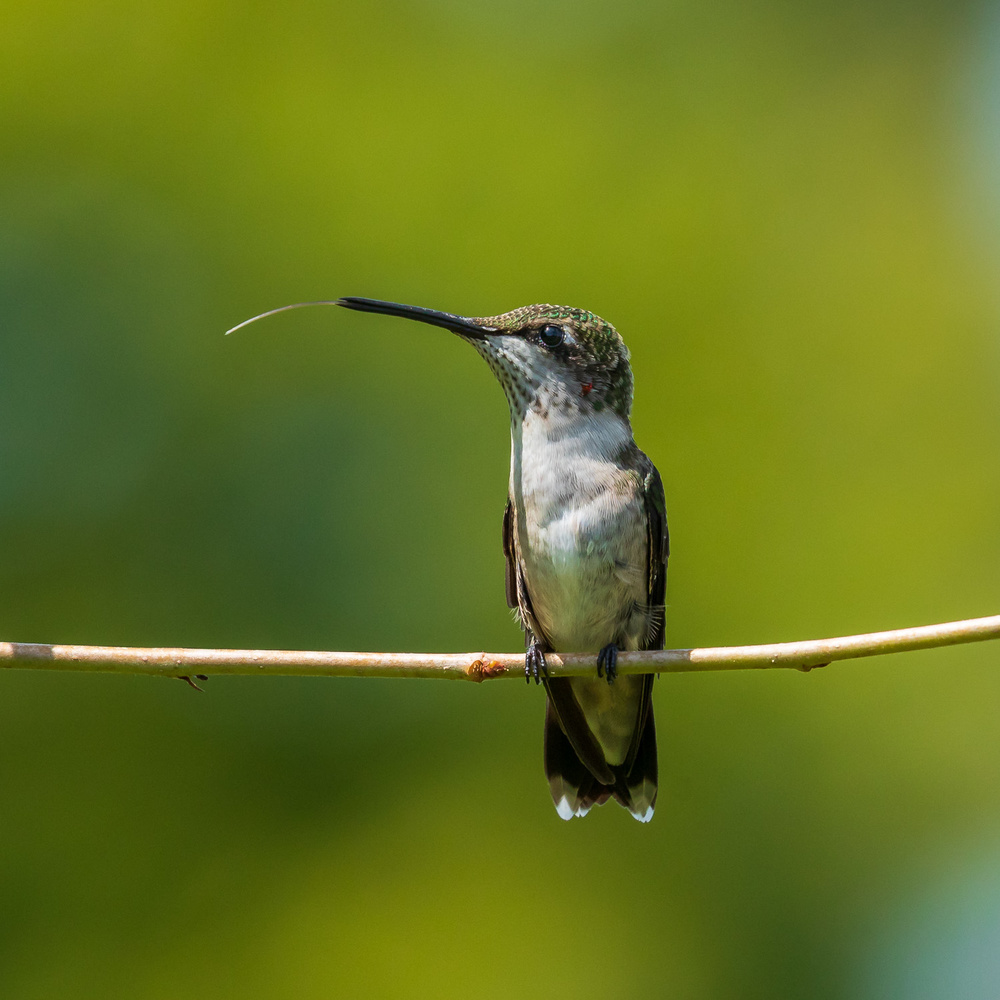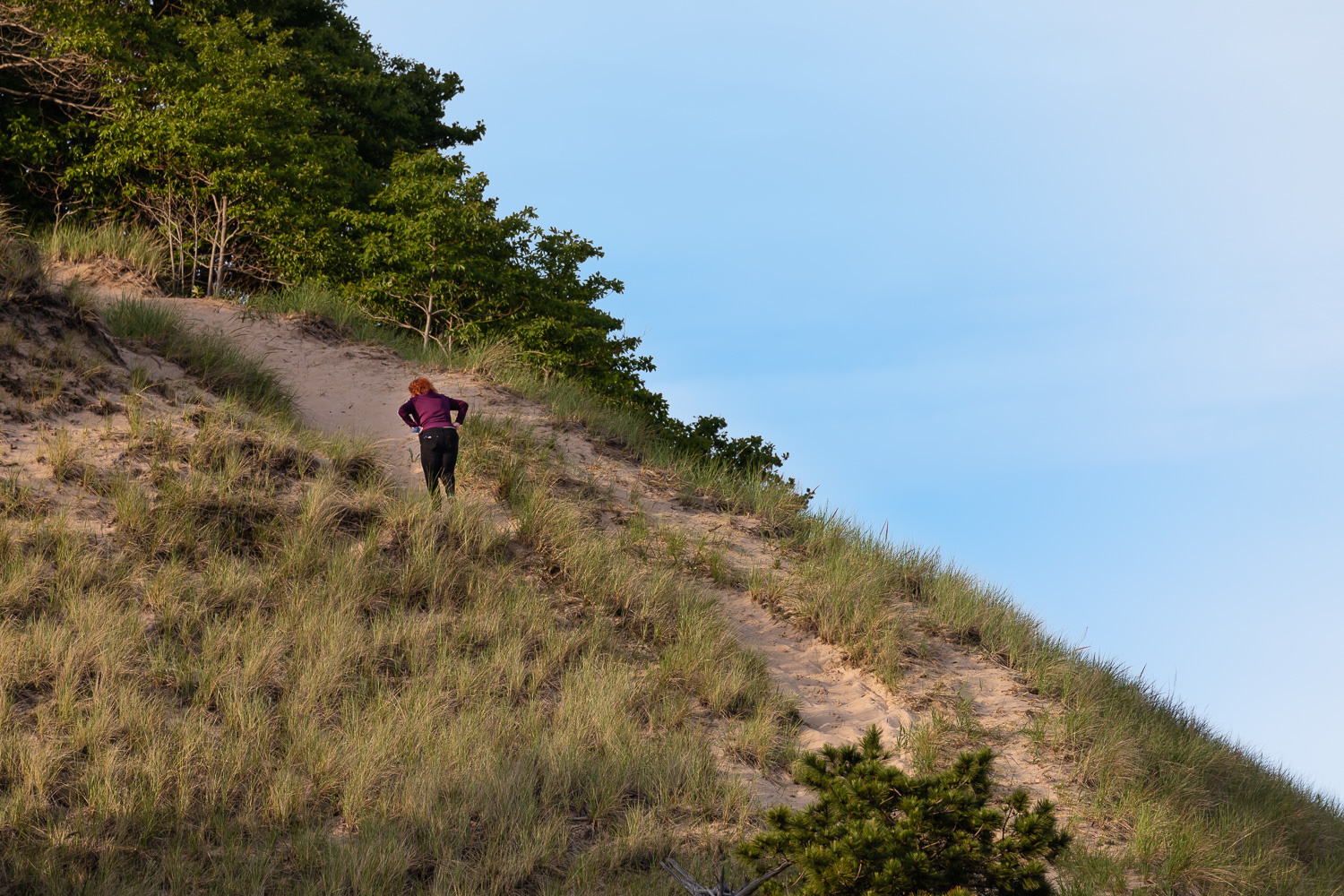Since the beginning of time, humans have told stories for education, historical record, and entertainment. The timeless adage "a picture is worth a thousand words" is one we have all heard, and probably repeated, but I want to focus on the things that words can't describe.
Perhaps an eloquent writer may be able to come close to describing in words the events of joy, sorrow, anger, and beauty that we experience daily. However, there are just some things that really can only be accurately communicated visually with photographs. Perhaps that's what makes some iconic photographs iconic; they can't be fully described using just words.
If you think about it, words can describe a sunset, but you can never really be sure that what the listener is envisioning is precisely what you're describing. Photographs convey that vision without any doubts.
That's one of the reasons why I love photography so much. The real joy of photography for me is capturing a moment in time and showing to others. While entire books have been written about each of these key aspects of visual storytelling, I'm going to cover them briefly here.
Capturing Action: Seeing Things That the Naked Eye Doesn't
It's surprising just how much we don't see with our eyes. Not that we don't actually see them, but our brain just doesn't process what we see fast enough to for us to realize it. For example, when I took this hummingbird shot, I never saw its tongue. It occurred during a rapid-fire of several photos and only appeared in one of them despite shooting at 7 fps. It was out and back in within a split second.
We've all seen action photographs that just astound, but how would you describe that event using only words? Even if you could, would the listener have the same image in their mind as you do? Most definitely not, and often, not even close.
There are numerous examples of how a photograph can capture action, and in doing so, tell a story that mere words can't. When photographing a subject, the action captured can tell more of a story than a static photo of the same subject.

In this photo, the motion blur caused by a slow shutter speed enabled me to tell the story of driving down the highway, and not merely standing in it for a photo. 1/4 sec @ f/22, ISO 50, 35mm
No photography article about capturing action would be complete without mentioning what is called "the decisive moment." Made popular by the famous street photographer Henri Cartier-Bresson, he described it as a split second that reveals the larger truth of a situation.
Capturing Colors That Words Can't Describe
When I say "imagine the color orange," do you think of an orange sherbet color, or a traffic cone shade of orange? Probably neither right? Something that seems as simple as describing something with colors that we all know isn't always so easy.
What if I told you the sky at sunset magically went from yellow to orange, then red into magenta, and then faded into purple? Would the following photograph be what you envisioned?
Color is an amazing thing. It can influence emotion and mood, signal danger, and even control physiological reactions, both conscious and unconscious. If you ever want to spend a few hours learning about color, search the internet for "color psychology" and have fun learning!
The colors you include in your photograph can significantly affect how people see the story you're telling. We see this implemented in cinema, where every frame is color graded in such a way to help steer the viewers' emotions along with the storyline.
Whether it's during capture or when post-processing your images, the colors you choose to include, enhance, or de-emphasize significantly impact the viewers' perception of the photo. Light casts a color that can indicate time of day, weather conditions, and impart an overall mood.
Capturing Emotion and Mood
Color can convey emotion and mood, but nothing beats capturing the real thing. If you're photographing portraits, documentary, lifestyle, or any genre that features people, emotion and mood are where the story comes to life.
You can have the perfect subject, but what makes a great photograph - one that tells a story, is capturing the emotion of the subject. That look in their eye, their placement in their environment, or capturing the moment of them doing what they do is what tells the story.
This photo wasn't even a shot that I planned to take until the woman stopped to catch her breath. That moment helped show the struggle of walking uphill in the sand.
Although I'm not a portrait photographer, I understand the importance of capturing the essence of the subject. A small difference in the eye can make a significant difference in the story that a portrait tells. It is quite surprising how such little things can make such a big difference.
One of the things I enjoy doing is people watching. Particularly people at the lake. Whether you're a local or a tourist, some of the sunsets are so gorgeous that you stop and look. Often, this provides for a great shot.
I watch for particular body poses that indicate mood when I people-watch at the lake. If you wait for the right moment, a pose can really change the overall feel of the image. It's also good practice for capturing the decisive moment.
Conclusion
Words can describe many things, but not near as well as a photograph. The photographer must think of themselves as a visual storyteller. You must always ask yourself, "what story am I telling with this photograph." Is it something simple like "I bet you wish you were here," or something more significant, such as documentary photographs? Just remember Action, Color, and Emotion — keep those in mind, and you'll ace your storytelling.











What story am I telling if I shoot landscape?
You’re telling the story of earth, its seasons and this moment in geological time. Maybe one day when humans leave earth your images will be part of a catalogue of the origins of humanity and their once perfect world.
You're saying, "look at this particular spot in our wonderful world. Appreciate it for what it is. Remind yourself of where you could be. Remember that these scenes, these colors, this particular place may not always be here for you."